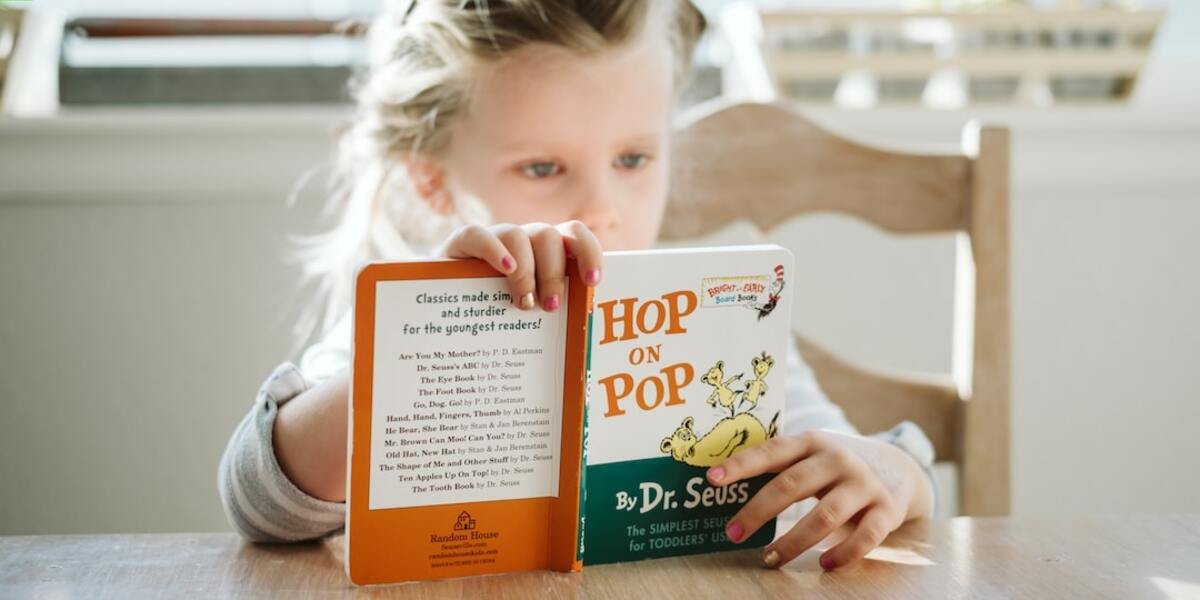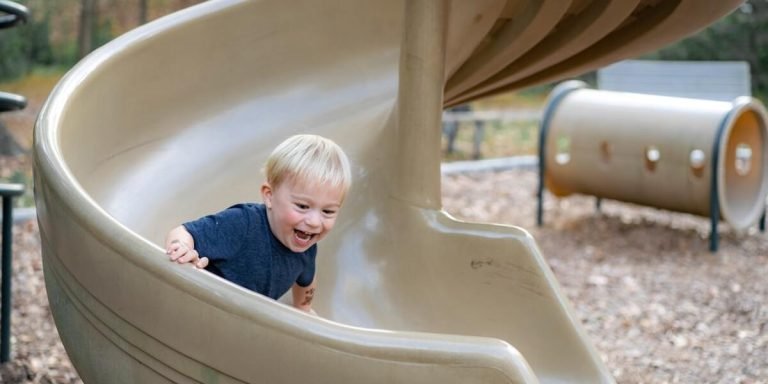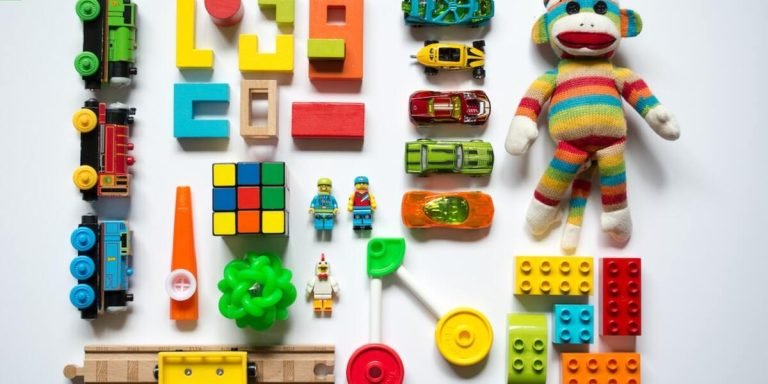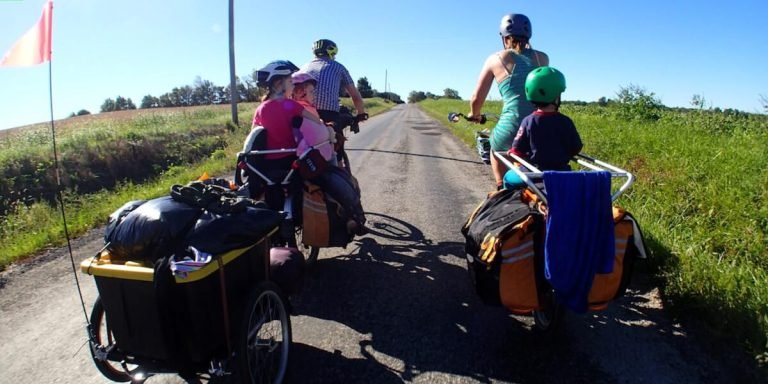Hands-on Learning: Fostering Active Engagement in Childhood Education
In the realm of childhood education, hands-on learning is steadily gaining recognition and appreciation. This pedagogical approach refers to the use of tactile experiences as a means to foster better comprehension among young learners. Through touch and direct interaction with their environment, children are able to establish stronger connections between what they learn in school or at home, and how it applies in real-world situations.
Emphasizing Activity-Based Learning (ABL), hands-on learning encourages active engagement from students rather than passive reception of information. The beauty lies in its simplicity: by allowing kids to experiment on their own within structured settings, we enable them to understand concepts more vividly while stimulating curiosity for further knowledge exploration.
Did you know?
Did you know that according to the National Association for the Education of Young Children, children learn best through active engagement with people, materials and their environment? This hands-on approach not only spurs intellectual growth but also nurtures social and emotional development.
The Impact of Hands-On Learning on Student Engagement
Hands-on learning, also known as experiential or activity-based learning, has been transforming education sector in 2023. This teaching strategy has proven to enhance student engagement significantly by providing practical experiences instead of traditional rote memorization techniques. It’s no longer a debate but established fact that when students learn by doing they are more likely thrive academically.
In the realm of technology-integrated education, hands-on learning takes on an even greater role. The integration of gadgets like laptops and tablets into classrooms further reinforces this approach since these devices provide interactive applications which can simulate real-world scenarios for students to navigate through directly enhancing their problem-solving skills and creativity.
While encouraging active participation from learners, hands-on pedagogy combined with technological tools bridges the gap between theoretical knowledge and its application. Importantly it cultivates self-learning abilities among children fostering curiosity driven exploration rather than passively absorbing information . Through this integrative process not only does academic performance improve but innovation stands at forefront; inevitable consequence being transformative impact upon overall quality of childhood education.
Exploring Increased Participation Through Activity-Based Methods
Hands-on learning, also known as activity-based learning, has continually shown to increase student engagement significantly. In the digital era of 2023 technology integration in education is paramount and yet, we see that this traditional method of teaching still holds significant value.
Activity-based methods or hands-on learning lets children actively participate in their educational journey instead of being mere recipients of knowledge. This approach reinforces theoretical concepts through practical application which can lead to better retention rates among students. Moreover, it allows them to apply what they have learned instantly providing immediate feedback on their understanding level.
Such approaches often involve simulations or real-world problems that demand solutions thus stimulating critical thinking skills within young learners. For instance, a child learns about shapes; rather than using only textbooks an educator might integrate tools like building blocks where kids physically handle different forms thus reinforcing their lessons more effectively.
Retention Rates: Comparing Traditional and Experiential Approaches
In traditional educational methods, knowledge is frequently transferred from the teacher to the student through lectures. But how often do we stop and question if this approach really fosters long-term information retention? Are there alternative techniques that could better engage students, aiding them in retaining what they learn for a longer period of time?
Enter hands-on learning – an experiential education tactic gaining much traction over recent years. Hands-on or activity-based learning puts practical application at its core; it stresses on ‘doing’ rather than just ‘knowing’. And interestingly enough, studies indicate that when compared with conventional teaching approaches, hands-on learning shows a marked increase in retention rates.
Before diving deeper into these findings let’s understand more about activity-based learning. This pedagogical method emphasizes active participation by children using real-world examples and tools relevant to their surrounding environment. For instance instead of simply reading up on climate change concepts would come alive as kids embark upon tree planting projects or manage waste recycling initiatives right within their school premises.
A standout advantage of such interdisciplinary activities lies in directly relating theoretic principles with firsthand experiences amplifying comprehension levels thus improving overall memory recall abilities among students.
Technology integration has fueled further growth for this mode providing innovative platforms where theoretical curriculum merges seamlessly with interactive simulations online collaborative workspaces virtual reality expeditions AI-powered quizzes etc., encouraging greater involvement sparking curiosity bolstering creative thinking skills apart from enhancing academic performance itself!
Implementing Activity-Based Learning in Diverse Educational Settings
Activity-based learning, a hands-on approach to education, has taken center stage in diverse educational settings over the past few years. This paradigm shift is driven by research suggesting that children absorb knowledge better when they actively participate in their lessons rather than passively receiving information from an instructor or textbook.
By aligning with this model of learning, educators can engage students at various levels – mental, emotional and physical. It’s all about bringing theory into practice where learners become doers instead of being mere observers. Students gain insights through exploration and experimentation which aids critical thinking and problem-solving skills development—core competencies much sought-after in our fast-paced world.
In 2023 technology plays a pivotal role in facilitating activity-based learning across classrooms globally. Despite divergent socio-economic backgrounds or geographical locations, digital tools like virtual reality (VR), augmented reality (AR) and game-based platforms are blurring boundaries ensuring equitable access to quality education doesn’t remain just an ideal but becomes a living reality for every child on the planet.
Through strategic integration of these emerging technologies within curriculum frameworks we observe how diligent use enhances active engagement fostering immersive experiences as compared to traditional chalk-and-talk methods thus making teaching-learning more effective translating into improved academic performances amongst youngsters —a testament towards future-oriented pedagogical practices shaping up today’s global citizens ready for tomorrow’s challenges!
Adapting Hands-On Strategies for Varied Age Groups
With the continuous evolvement of educational practices, hands-on learning gained significant momentum in 2023. Teachers and parents alike have realized the essential role of activity-based methods to make classroom sessions interactive and engaging for students across diverse age groups.
Harnessing these teaching strategies can be challenging, particularly while adapting them suitably per children’s varied developmental stages. The keyword is customization — tailoring each strategy according to a child’s cognitive capacity ensures successful knowledge consumption.
For preschool learners (ages three to five), tactile experiences work best as they explore their surroundings extensively through touch at this stage. Teacher-led activities like sand or water play offer tangible ways for youngsters to understand basic concepts such as differentiating shapes or sizes, recognizing colors among many others.
As we progress towards primary education level (ages six to ten), reinforcing theoretical lessons through practical examples fosters better understanding which will eventually manifest into enhanced academic outcomes. For instance, math problems could come alive when children participate in mock-shopping exercises using faux money where they learn calculations first-hand rather than relying on abstract figures sketched on blackboards.
When it comes down to middle-school grade level ( ages eleven upwards), project-based assignments promoting collaborative problem-solving skills are more effective compared with traditional textbook approach that might seem mundane by now for most adolescents . Activities including building prototypes during science class simulating real-world situations stimulate intellectual curiosity thereby making hands-on experience feel incredibly real .
Overcoming Challenges in Resource-Limited Environments
For years, a significant challenge in education has been the implementation of hands-on learning activities within resource-limited environments. However, with advancements in technology and the power of creativity on our side, this obstacle is far from insurmountable anymore.
Firstly, it’s crucial to acknowledge that digital resources are becoming increasingly affordable and accessible. In 2023 alone we’ve seen countless innovations arise allowing for less reliance on costly physical materials. Online platforms offer an array of interactive educational games which can stimulate a child’s brain much like actual hands-on experiences would do.
Similarly, virtual reality (VR) headsets have also become more attainable than ever before – many even championing them as guardians angel for classrooms facing shortages in tangible resources! VR offers students immersive simulations or visually guided lessons enhancing their understanding while reducing costs associated with field trips or lab experiments significantly.
In addition to tech-based solutions come community-oriented approaches – they say necessity breeds innovation after all! Encouraging children to engage with their surroundings serves dual purposes: fostering awareness about local issues whilst cultivating useful skills via activity-based learning projects.
An excellent strategy involves application of recycling concepts into teaching methodologies where everyday items could be used creatively making intricate science models instead purchasing commercial ones!
Lastly, don’t underestimate value free online academic communities bring either; teachers across globe sharing ideas experiences through these forums can ensure geographical financial limitations never hinder ambitions impart knowledge effectively efficiently using Activity-Based Learning approaches despite limited means at disposal.
Measuring the Effectiveness of Hands-On Learning Techniques
The integration of technology in the education sector has significantly introduced remarkably innovative learning strategies, among which hands-on learning takes precedence. Hands-on or activity-based learning is an educational approach that directly involves the learner, engaging them physically and mentally to understand and learn a subject; it offers a practical way for students to apply what they have learned theoretically.
Measuring effectiveness of such techniques can be accurately done by tracking observable changes in students’ comprehension levels, interest toward subjects and their ability to engage with various concepts practically. In this age where digital transformation holds sway in every aspect of our lives especially as seen from 2023’s vantage point, educators need to leverage tech tools when integrating these teaching methods into curricula.
By embracing technology like never before – virtual labs, simulations games- educators make academic content not only more accessible but also enriching for young minds. It’s through these technological platforms that schools are now being able effectively measure results generated out off implementing ‘hands on approaches.’ For example: how pupils interacted during online lab sessions could provide insights about their understanding level pertaining certain topic under discussion.
Utilizing Assessment Tools to Gauge Practical Skills Development
Incorporating technology into any learning setup, including hands-on learning activities can greatly facilitate the process of measuring and enhancing practical skills development. Here in this section, we’ll explore some cutting-edge ways to utilize assessment tools for gauging your child’s progress.
The advent of digital-based assessments has made tracking a learner’s progress more measurable and personalized than ever before. It starts with identifying the right tool; one that aligns perfectly with the objectives of hands-on activity based learning scenario you have planned out.
Interactive games are one such method worth considering when exploring options in this highly adaptive era for education technology. The skillsets required during these engaging experiences naturally lend themselves to being easily observed and quantified by existing technological systems.
There are even AI-powered platforms available now offering detailed analytics on real-time basis providing immediate feedback about students’ performances across different areas making them invaluable assessment resources in our technologically driven age!
Long-Term Benefits: Tracking Career Success Post-Experiential Education
The interest in hands-on learning has seen a massive surge in recent years, thanks to the mounting evidence backing its effectiveness. Activity-based instruction not only makes education more engaging for children but also provides them with practical skills that are transferable beyond classroom boundaries.
One of the long-term benefits we’ve been tracking post-experiential education is career success. Overwhelmingly, it’s observed that students who have participated significantly in activity based and experiential (hands-on) learning during their formative years appear well-equipped to perform better professionally later on.
This can be attributed largely to the enhanced problem-solving aptitude fostered by such instructional methods. When engaged frequently with tasks requiring critical thinking and innovation, these youngsters develop an inherent ability to approach challenges resourcefully – a trait invaluable in any workplace scenario.
Moreover, other vital soft-skills like adaptability or teamwork find organic nurturing through co-operative projects often involved within hands-on learning settings – traits vigorously sought-after across industries worldwide today.
Lastly yet importantly; individuals exposed substantially to technology integration showcase superior digital literacy compared against peers mentored primarily via traditional teaching techniques. As our world increasingly embraces digitization following 2023 trends , this proficiency grants those former pupils clear advantage while competing for modern job roles heavily reliant on technical know-how.
Conclusion
In the ever-evolving sphere of childhood education, cultivating an environment that encourages hands-on learning is indispensable. It fosters active participation and nurtures a well-rounded understanding by allowing children to connect theory with practice. Remember, every child has enormous potential; all they need is the right approach in unlocking it.
As you continue on your quest to enhance educational experiences for young minds, remember our website serves as a reservoir of insight and information pertaining to childhood education and its myriad facets. Dive into other resources available here which offer comprehensive guidelines not just about stimulating academic growth but also equip parents and educators with tools needed for overall development guidance. Keep browsing, keep engaging because knowledge shared often turns into knowledge multiplied!







